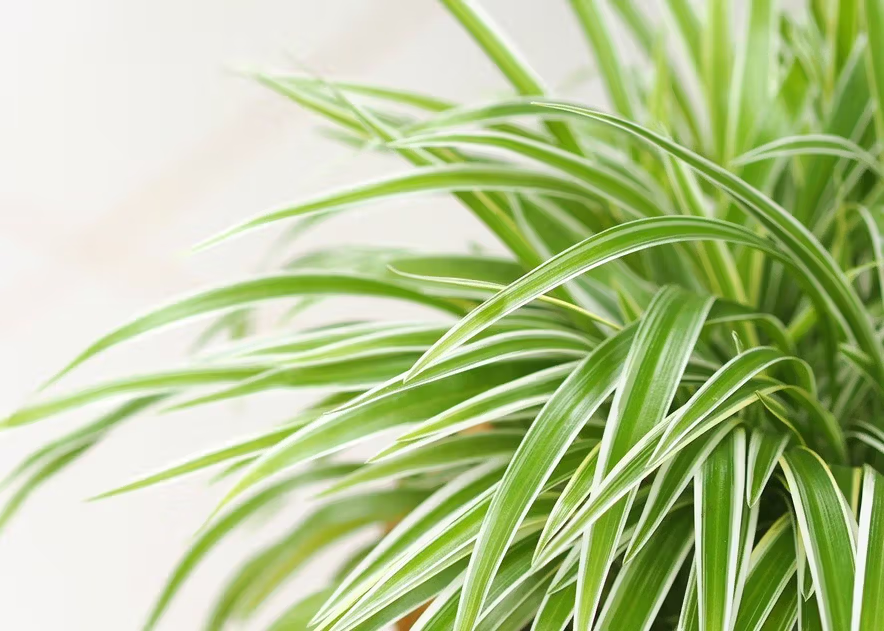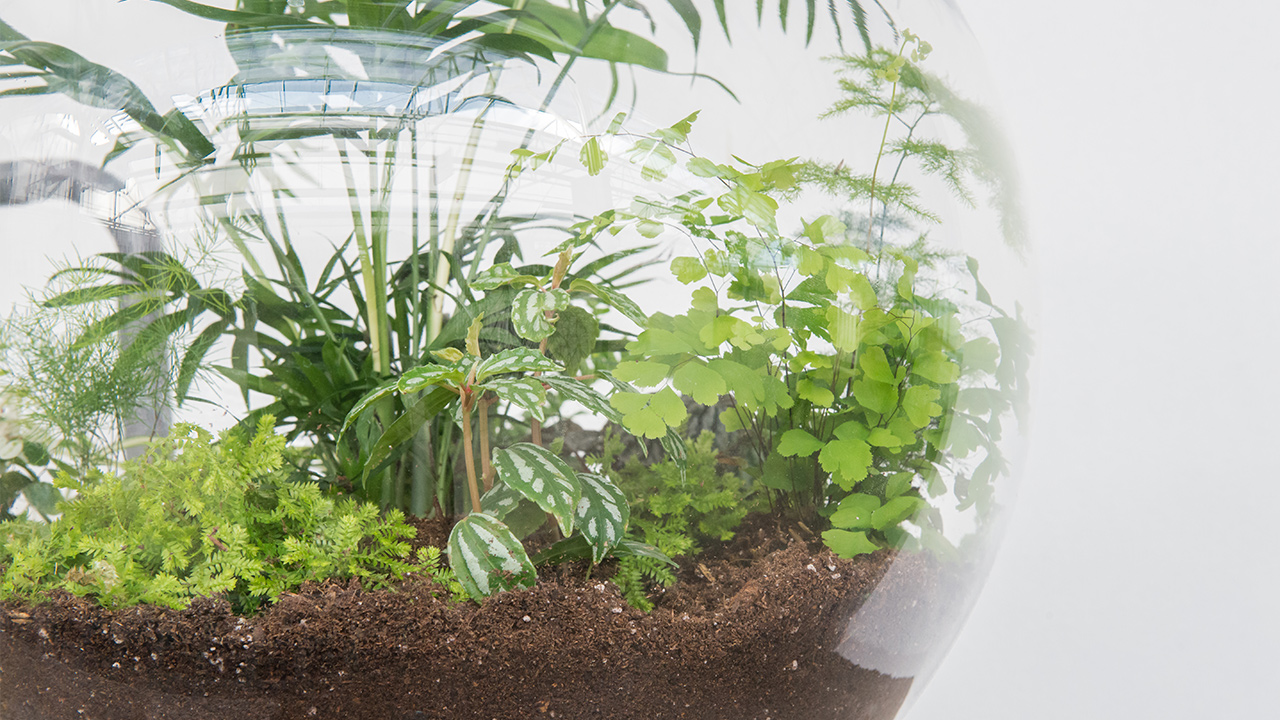Terrariums are miniature ecosystems that bring a touch of nature into your home. Whether you’re a seasoned gardener or a beginner, creating a terrarium is a fun and rewarding project. But with so many plant options available, choosing the right ones can be overwhelming. To help you get started, we’ve compiled a list of the five best plants for your terrarium, along with tips on how to care for them.

Fittonia (Nerve Plant)
Fittonia, also known as the nerve plant, is a popular choice for terrariums due to its vibrant colors and striking foliage. It comes in various shades of green, pink, and white, adding a pop of color to your miniature garden.

Pros: Nerve plants thrive in high humidity, making them perfect for the humid environment inside a terrarium. They are also low-maintenance and easy to care for, making them ideal for beginners.
Cons: Fittonia plants are sensitive to dry conditions, so it’s essential to keep the soil consistently moist. They also prefer indirect light, so be sure to place your terrarium in a location with filtered sunlight.
Water your nerve plant regularly, keeping the soil evenly moist but not waterlogged. Trim any yellow or wilted leaves to encourage new growth. Fertilize once a month during the growing season with a balanced liquid fertilizer.


Pilea (Chinese Money Plant)

The Pilea, or Chinese money plant, is prized for its round, coin-shaped leaves and quirky appearance. It adds a touch of whimsy to any terrarium and is sure to be a conversation starter.
Pros: Chinese money plants are incredibly resilient and can tolerate a wide range of conditions, making them perfect for beginners. They also propagate easily, so you can share cuttings with friends and family.
Cons: Pilea plants prefer bright, indirect light, so be sure to place your terrarium near a window. They also like to dry out between waterings, so be careful not to overwater.


Credits: Cecilia Turner from My Tasteful Space
Water your Chinese money plant when the top inch of soil feels dry to the touch. Avoid getting water on the leaves, as this can cause them to rot. Fertilize every two weeks during the growing season with a diluted liquid fertilizer.
Spider Plant (Chlorophytum comosum)
Spider plants are known for their long, arching leaves and air-purifying qualities, making them an excellent choice for terrariums.

Pros: Spider plants are incredibly resilient and can tolerate a wide range of conditions, including low light and infrequent watering. They also produce baby spider plants, or “pups,” which can be easily propagated and shared with friends.
Cons: Spider plants prefer bright, indirect light, so be sure to place your terrarium near a window. They also like to dry out between waterings, so be careful not to overwater.


Water your spider plant when the top inch of soil feels dry to the touch. Fertilize once a month during the growing season with a balanced liquid fertilizer. Remove any brown or yellow leaves to encourage new growth.
Baby Tears (Soleirolia Soleirolii)
Baby tears are tiny, delicate plants with small, round leaves that cascade over the edges of the terrarium, creating a lush, green carpet.

Pros: Baby tears thrive in high humidity and low light, making them perfect for the moist, shaded environment inside a terrarium. They are also fast-growing and easy to propagate, so you can quickly fill out your miniature garden.
Cons: Baby tears are sensitive to dry conditions, so it’s essential to keep the soil consistently moist. They also prefer indirect light, so be sure to place your terrarium in a location with filtered sunlight.

Water your baby tears regularly, keeping the soil evenly moist but not waterlogged. Trim any yellow or wilted leaves to encourage new growth. Fertilize every two weeks during the growing season with a diluted liquid fertilizer.
Air Plants (Tillandsia)
Air plants are unique in that they don’t require soil to grow. Instead, they absorb nutrients and moisture from the air through their leaves, making them perfect for terrariums.

Pros: Air plants are incredibly low-maintenance and easy to care for, making them perfect for beginners. They come in a variety of shapes, sizes, and colors, allowing you to create a one-of-a-kind terrarium.
Cons: Air plants require bright, indirect light, so be sure to place your terrarium near a window. They also need good air circulation, so be sure to provide plenty of ventilation.

Mist your air plants with water once a week, making sure to thoroughly wet the leaves. Allow them to dry completely before returning them to the terrarium. Fertilize once a month during the growing season with a diluted liquid fertilizer.
Creating a terrarium is a fun and rewarding project that allows you to bring a little piece of nature into your home. With the right plants and a little bit of care, you can create a beautiful and thriving miniature garden that will brighten up any space.


Leave a comment